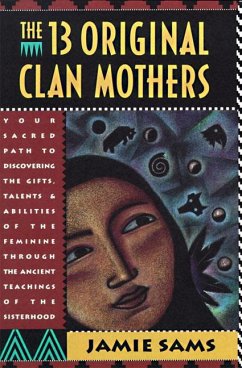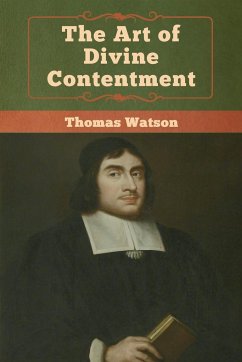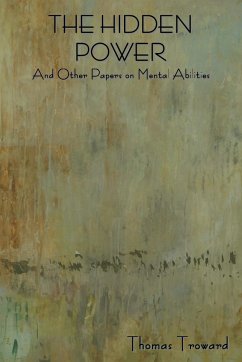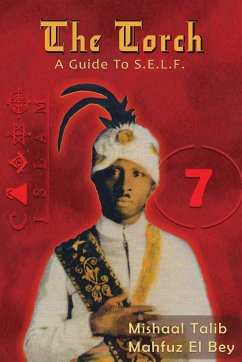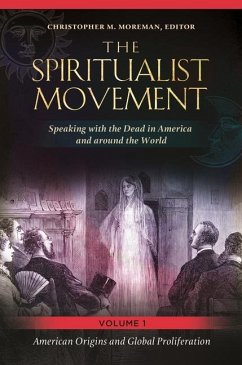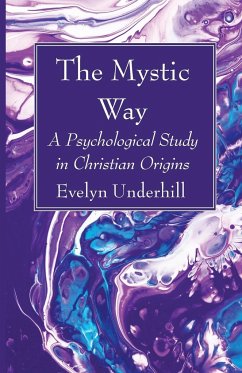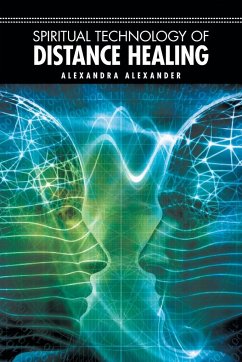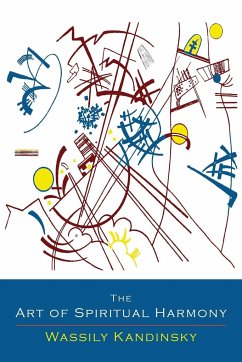
The Art of Spiritual Harmony
Versandkostenfrei!
Versandfertig in 1-2 Wochen
11,99 €
inkl. MwSt.
Weitere Ausgaben:

PAYBACK Punkte
6 °P sammeln!
2014 Reprint of 1914 Edition. Full facsimile of the original edition, not reproduced with Optical Recognition Software. Wassily Kandinsky s contributions as a theorist were arguably more influential on modern art than any of his paintings. In this work, first published in 1914, Kandinsky both promotes and defends a form of art in which painters express themselves in abstract terms independent of the material world around them, much as musicians do. Divided into two parts, "About General Aesthetic" (including an examination of geometrical forms) and "About Painting" (a discussion of the psychol...
2014 Reprint of 1914 Edition. Full facsimile of the original edition, not reproduced with Optical Recognition Software. Wassily Kandinsky s contributions as a theorist were arguably more influential on modern art than any of his paintings. In this work, first published in 1914, Kandinsky both promotes and defends a form of art in which painters express themselves in abstract terms independent of the material world around them, much as musicians do. Divided into two parts, "About General Aesthetic" (including an examination of geometrical forms) and "About Painting" (a discussion of the psychology of color and the language and form of color), the work offers an insight into the mind of one of the most renowned of all abstract painters and a preview of the art that he was to produce in the years to come. Russian painter WASSILY KANDINSKY (1866-1944), was one of the most famous artists of the 20th century and pioneered abstract art.



